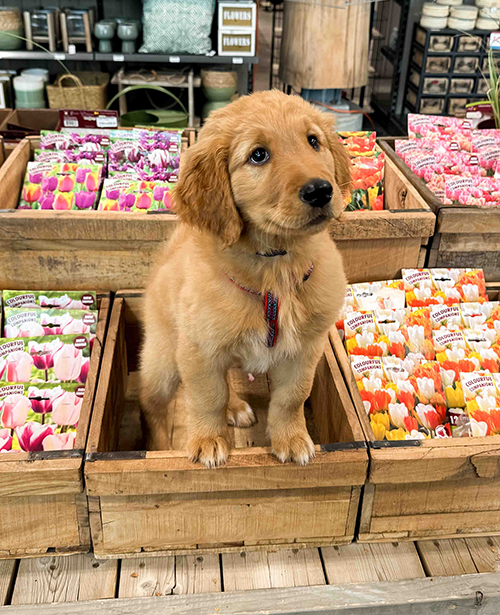Must-Know Tips for Planting Bulbs This Fall
- Posted on
- By Meg Petz
- 0

Fall is the perfect time to plant bulbs if you're dreaming of a colourful spring garden. With the crisp air and cooling temperatures, there's something magical about tucking these little treasures into the soil and waiting for them to burst into bloom after winter. Whether you're a seasoned gardener or just starting out, these must-know tips will ensure that your bulbs thrive.
1. Timing is Everything
To give your bulbs the best start, plant them in the fall when the soil temperature drops to around 10°C (50°F). This is typically after the first frost but before the ground freezes. The cooler soil allows bulbs to establish roots without being tricked into early growth by warm weather.
2. Choose the Right Spot
Bulbs generally love the sun, so pick a sunny or lightly shaded location for planting. They need at least six hours of sunlight daily to thrive. Well-draining soil is also essential, as bulbs dislike sitting in water, which can cause them to rot.
3. Depth Matters
Plant bulbs at the correct depth to ensure they bloom successfully. A general rule of thumb is to plant them at a depth three times the height of the bulb. For example, if your bulb is 5 cm tall, plant it 15 cm deep. Proper depth protects the bulb from frost and keeps it anchored.
4. Pointy Side Up
This might sound simple, but it's crucial: always plant your bulbs with the pointy side facing upwards. This is where the stem will emerge. Planting them upside down will hinder growth, and they may not bloom at all.
5. Water After Planting
After planting, give your bulbs a good drink of water. This encourages them to start developing roots before winter sets in. However, after the initial watering, you can leave them be—bulbs prefer not to be watered during the colder months.
6. Don't Forget Mulch
Mulching after planting helps insulate the soil and protect your bulbs from harsh winter conditions. A layer of organic mulch, like shredded leaves or straw, also helps retain moisture and prevent weed growth.
7. Group for Impact
For a stunning spring display, plant bulbs in clusters or drifts rather than scattering them individually. Grouping them together creates more visual impact, as they’ll bloom in a burst of colour.
8. Mix It Up
To extend the blooming season, mix different types of bulbs that flower at different times. Early bloomers like crocuses and snowdrops will give you a pop of colour as soon as winter fades, while daffodils and tulips will take centre stage a little later.
9. Mark Their Spots
Once your bulbs are in the ground, it can be easy to forget where they are! Use plant markers or even a simple garden sketch to remember where they’re planted. This will help you avoid accidentally digging them up next spring.
10. Beware of Wildlife
If squirrels or other critters are common in your area, consider covering the bulb beds with wire mesh or chicken wire to prevent them from being dug up. Another option is to plant bulbs that animals tend to avoid, like daffodils or alliums.
Conclusion
Planting bulbs in the fall is a rewarding gardening task that sets the stage for a gorgeous spring display. With these tips in mind, you’ll ensure that your bulbs are well-protected through the winter months and ready to burst into life as soon as spring arrives. Happy planting!


Comments
Be the first to comment...